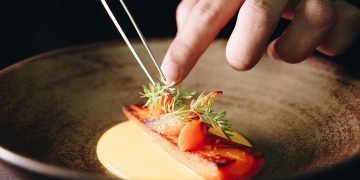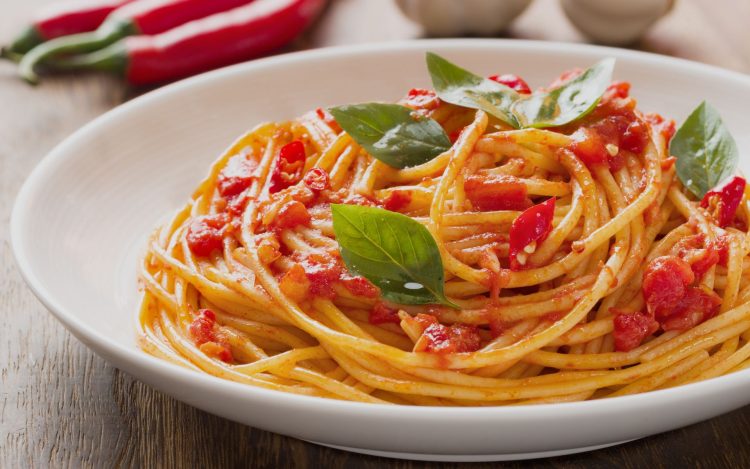Italian pasta, a world-class delicacy originating from Italy, has become a regular on dining tables worldwide. It is not just a simple food, but also a symbol of Italian culinary culture. With the development of time, the production and presentation of pasta have moved from tradition to modernity, interpreting infinite variations and becoming an outstanding representative of the fusion of classic and modern.
In classic Italian pasta, we see traditional dishes such as lasagna, spaghetti sauce, and carbonara. The charm of these dishes lies in their simplicity and purity. Classic pasta emphasizes the freshness and high quality of ingredients, such as freshly handmade dough and simple seasoning with seasonal vegetables and high-quality olive oil. Every bite allows you to taste the original flavor of the ingredients, and this respect for ingredients and taste is the core of Italian culinary culture.
However, with the development of globalization, the production of pasta has also begun to incorporate modern elements. Modern chefs are not satisfied with traditional cooking methods, they have begun to try applying various innovative ingredients and cooking techniques to pasta, creating a series of refreshing dishes. From adding exotic spices to using molecular cuisine techniques, modern Italian pasta cuisine showcases unprecedented innovation and diversity while maintaining the essence of tradition.
For example, some restaurants have started adding superfoods such as quinoa and purple sweet potato flour to dough to create more nutritious pasta. Other restaurants are trying to use vegetarian alternatives to imitate the bacon and cream in classic carbonara noodles, in order to cater to growing health and environmental awareness. In addition, some restaurants use modern cooking techniques, such as low-temperature slow cooking, to ensure the maximum taste and nutrition of ingredients.
Moreover, the presentation of modern pasta places greater emphasis on aesthetics. Chefs use pasta as a canvas, cleverly combining color, texture, and shape to make each dish feel like a work of art. From decorative herbaceous plants to exquisite edible flowers, from classic dish designs to modern geometric arrangements, every dish is a dual pursuit of both food and aesthetics.
In the infinite variations of pasta, we see a constantly evolving culinary story. From street shops to upscale restaurants, from home kitchens to global food stages, pasta transcends the boundaries of time, space, and culture with its unique charm. Whether faithful to traditional classics or boldly innovative modern flavors, pasta has proven its vitality and adaptability as a cultural symbol.
In short, the story of spaghetti is a tale of inheritance and innovation, a fusion of classic and modern elements. Every variation is a new interpretation of the original ingredients, and every attempt is a modern tribute to tradition. Pasta is not just a dish, it is a culture, a history, a constantly evolving culinary art.
















































